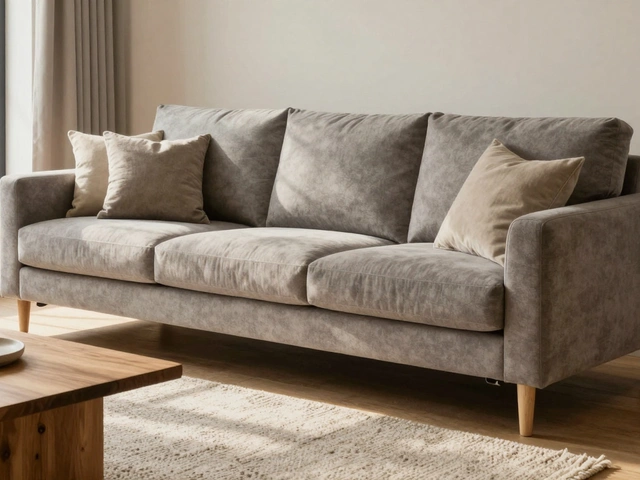Dining Chair – Design, Care, and Choosing the Right Pair
When working with Dining Chair, a seat built for kitchen or formal dining rooms, typically featuring a sturdy frame and a comfortable seat. Also known as dining seat, it plays a key role in both function and style of a meal setting. Pair it with a Dining Table and you instantly create a functional eating area. A well‑chosen chair can lift the look of any table, while the right table sets the stage for the chair to shine.
dining chair designs range from classic wood to sleek metal, each bringing its own vibe. Traditional chairs often showcase carved legs, tufted seats, and a warm Wood Finish that highlights grain patterns. Modern options might use matte lacquer or chrome frames for a minimalist feel. The finish you select isn’t just about looks; it protects the material, influences durability, and determines how easy cleaning will be. Choosing a finish that matches your home’s traffic level helps the chair stay fresh for years.
Comfort isn’t an afterthought – it’s a core attribute of any dining chair. Ergonomic shape, seat height, and back support all affect how long you can sit without strain. A common rule is that the chair’s seat should sit 10‑12 inches lower than the table top, ensuring your knees stay at a right angle. Sturdy legs, whether turned wood or reinforced metal, provide the necessary stability. In short, a dining chair requires solid legs to support daily use, and the leg design often reflects the overall style of the piece.
Upholstery choices add another layer of personality. Fabric, leather, or vinyl cushions can soften a hard frame, but they also need proper care. Breathable fabrics like linen are great for casual settings, while leather offers a sleek, long‑lasting finish that ages beautifully. When selecting an upholstery, consider stain resistance and ease of cleaning – especially if you have children. The right upholstery influences both comfort and longevity, turning a plain chair into a centerpiece of your dining room.
Matching a dining chair to its table involves more than just picking the same wood tone. Height, width, and overall proportion matter. A bulky, high‑back chair can overwhelm a narrow table, while a slim, low‑profile chair may look lost beside a massive oak table. Aim for a visual balance: the chair’s back height should be slightly lower than the table’s edge, and the seat depth should complement the table’s depth. When you align these dimensions, the chair and table create a harmonious dining set.
Even the best chairs need occasional upkeep. Regular dusting, tightening loose screws, and reapplying protective finish keep the wood from drying out. For leather seats, a light conditioner prevents cracking. If the finish looks worn, a quick sand‑and‑recoat can revive the original luster. These simple steps fall under Furniture Restoration, a process that not only extends the chair’s life but also preserves its aesthetic value.
Storing dining chairs during moves or seasonal changes demands care. Wrap each chair in breathable cloth, avoid plastic that traps moisture, and keep them upright to prevent warping. If you’re stacking chairs, place a soft barrier between them to protect the legs and seat cushions. Proper storage prevents mold, scratches, and structural damage, ensuring the chairs are ready for the next dinner party.
Below you’ll find a curated collection of articles that dive deeper into each of these topics – from modern makeover ideas and upholstery guides to practical maintenance tips. Browse the posts to discover how to pick the perfect dining chair, keep it looking fresh, and pair it with the ideal table for any home style.
Cinderella Chair: What Makes This Dining Room Trend Special?
Curious about Cinderella chairs you keep spotting in dining rooms? This article breaks down what a Cinderella chair actually is, where the name comes from, and why these chairs are popping up everywhere right now. You'll get ideas for how to use them in your own space, what styles are out there, and some insider tips on picking the right one. We’ll even share care hacks to keep them looking sharp. Perfect if you want seating that stands out but is still super practical.
full article




